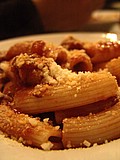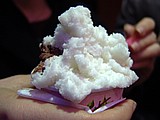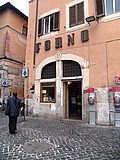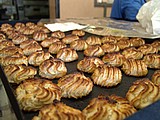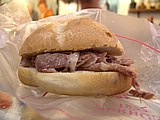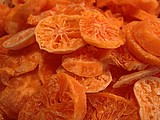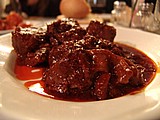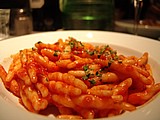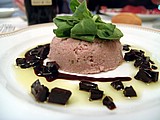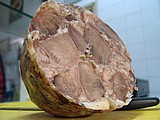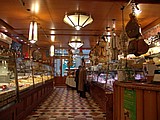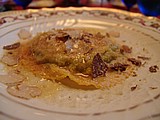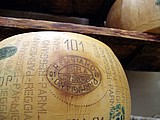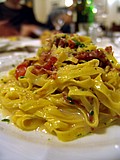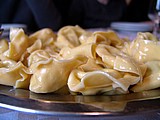Home |
Restaurants by City
|
Food Photography |
Archive | Philosophy |
![]()
Right now we are eating in Seattle, Washington.
|
Wednesday
2005
Permalink
|
Italy, June 1, 2005 My coming of age around food happened really in the last few years. But even in the dark ages before I'd ever even tried sushi, I knew I loved Italian food. And I also knew that I needed to travel to Italy. Not only because I knew that it was going to be a beautiful country with stunning architecture, churches, etc. I knew that I had to eat Italian food in Italy. And though I had many opportunities to travel to Italy before this last series of entries, I said no to every single one. I said no as each opportunity couldn't be what I wanted - a longer trip, where I could travel to more than one city, and really get to know the country and the food. I guess I should be embarrassed to admit that I said no to going to Italy for years because I so wanted the first experience there to be as perfect as possible. If only I had applied this logic to every corollary experience in my life. Italy didn't disappoint. I first learned of a culture that simply has a higher appreciation of good food when I traveled a few times to Tokyo. Italy is in the same league as Japan in that regard. I hate to generalize, but from my perspective, there is simply a higher bar for food among the bulk of the populace in Italy. And the marketplace responds. The number of random restaurants, osterias, trattorias, etc. that you could walk into and get a truly great meal seemed to me simply astounding. All told we tried at least 23 different establishments. And while of course we worked hard to target as many quality food experiences as possible, even correcting for our targeting, it sure seemed like the standards were just higher. And the funny thing is that in our just over a week in the country we were barely able to scratch a tiny corner of the surface of what it has to offer. We only spent time really in Rome, Florence, and Emilia Romagna. There are so many more regions, and it's so clear that we really did cursory investigations at best of the places we did visit. Still, as you can see below, we still found quite a few gems. Click on each picture to get to the entire album and write-up for each experience.
Bottom line, Italy is a country to fall in love with when it comes to food. The Italian food in the United States while it has its highlights is the barest impression of an amalgamation of a variety of cuisines that span the Italian countryside. And yet, it's just enough to remind me that I need to go back to Italy as soon as humanly possible.
|
|
Our Sponsors
Free Car Listings Hot Tubs Stools Saunas Bar Stools - Calendar and Event Schedules - Food Events and Calendars - Wine Events and Calendars - Digital Photography Resources - Software for Advertisers - Jewish Gifts and Judaica - Howard Stern Podcast - ponytailed blogger Jonathan Schwartz

Browse tastingmenu
Home |
Restaurants by City X |
Food Photography |
Archive | Philosophy |
![]()
Free eBooks: All About Apples
| Autumn Omakase
More:
Discussion |
Cool Food T-Shirts |
Ingredients
| Markets |
Recipes
Search |
Blog FAQ |
Other
Blogs
Best of tastingmenu
|
City View
Entry: July 6, 2006 |
Blue Plate
Entry: June 19, 2006 |
L'Atelier de Joël Robuchon
Entry: July 18, 2006 |
Browse by City
Boston | Chicago | Houston | Las Vegas | Los Angeles | Maui | New York | Philadelphia | Portland | San Francisco | Seattle | Toronto | Utah | Vancouver | Washington D.C.
Bangkok | Beijing | Hong Kong | Seoul | Tokyo
Amsterdam | Berlin | Italy | London | Madrid | Paris | Vienna
Browse by Month
2006
2005
2004
2003
2002
2001
Comments, questions, or feedback:
info / at / tastingmenu / dot / com
All pages Copyright (c) 2001-2006 tastingmenu.com
Last modified 01/30/07.
